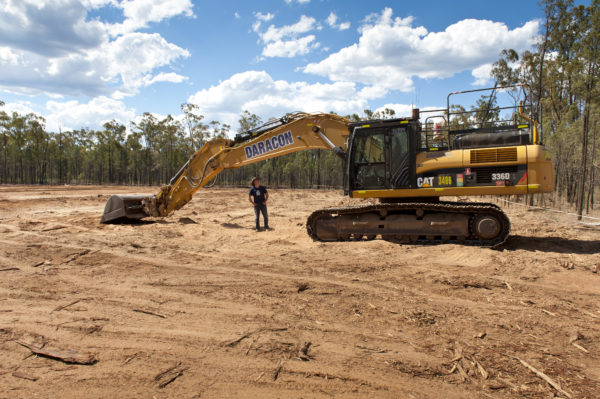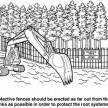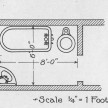Construction Site Preparation
What Happens During Site Preparation?
A chunk of untouched land is like a blank page or a fresh canvas. It’s your chance to create your dream home or a masterful piece of commercial architecture. You’ve probably been holding this vision in your mind for years and finally have it sketched out on paper … the pieces are coming together.
But there’s a lot of work to be done before what is currently a lush, grassy field, an overgrown patch of trees or a rocky landscape turns into a manicured piece of property. One of the first things that should be taken care of is land clearing.
What Is Land Clearing or Site Preparation?
Land clearing, also known as site preparation, is the process of turning a piece of land into an area that is suitable for building. Bulldozers are the stars of the land clearing process, although a host of other powerful machines are part of the fleet as well, including stump grinders, hydro-axes, whole tree chippers and excavators.
It’s always a good idea to hire a professional land clearing company in order to get the job done right. Not only do they have the right kind of equipment to do the job efficiently, but they also know how to do some precision work with those huge machines. The end result is a property that is primed and ready for construction.
Here are just some of the components involved in land clearing:
Trees and undergrowth
There’s only one place to start when clearing a lot: at the tree tops. But before you go wild and chop down every single tree on the property, you should consult with your architect and a tree care expert to pick out a few healthy, mature trees to keep. Mature trees will give the property a special atmosphere, not to mention some nice shade. As long as they can remain undisturbed by all the heavy equipment involved in the land clearing and building process, a few promising trees should stay intact.
Once you’ve determined which trees you’ll be keeping, your land clearing company can get to work removing the rest of the vegetation from the building site. This includes trees, which can be swiftly removed with a special tool called a hydro-ax, shrubs undergrowth and grass. Stumps and roots are also removed, leaving a pure-dirt surface.
Water table and run off
Consider yourself lucky if your lot has excellent natural water drainage. In most cases, there will be a low spot where water collects. That low spot might even take up most of the property, meaning the construction area will have to be built up in order to prevent water damage.
When it rains, the water has to flow somewhere. Water that collects against a building’s foundation is bad news, so the land must have the correct slope, or grade, to encourage the water to flow away from buildings and down to an appropriate drainage area. This could take the form of a simple city sewer drain, or it could be a retention or detention pond.
Utility lines
Perhaps your property already has some underground utilities. But more importantly, are they convenient to your building site? You may need to have some utility trenches extended throughout your property, such as if you plan to have a barn, workshop or guest house around back. The perfect time to do this is when dirt is already being dug up and pushed around all over the property.
Construction entrance
The land clearing company’s diggers and dump trucks represent just the beginning of the parade of heaving machinery that will be coming and going throughout the building process. A fortified construction entrance with convenient access for large semi-trucks is a must-have. And as the first crew on the scene, the land clearing team typically handles the creation of the construction entrance.
Building pad
Finally, after the construction entrance has been established, all the unwanted trees and brush has been removed, the land has been sloped for proper water drainage and the utility trenches have been dug, it’s time to focus on the building pad. This is a firm and level raised area that will serve as the foundation for your building. The location of the building pad is very important. Typically it is located on the tallest point of hilly terrain, but if not, then special attention must be given to make sure water stays away from it at all times.
After the site preparation is complete, it’s time for the construction team to arrive on the scene and begin putting together the skeleton of the building. Later, the land clearing team often returns to help with site clean-up, hauling away any leftover building materials and once again making sure that the land is sloped correctly.
To a professional crew, site preparation means not only clearing and priming the land before the arrival of the construction team, but also preparing it for the arrival of the new owners. Be sure to give your land clearing team a big thank you for a job well done!
—
Cathy Habas is a freelance writer based in Louisville, KY. Living in a somewhat-remodeled 1940s bungalow, she is constantly learning how to do-it-herself out of sheer necessity. Cathy enjoys gardening and horseback riding in her free time. Feel free to get in touch via www.cathyhabas.com.











